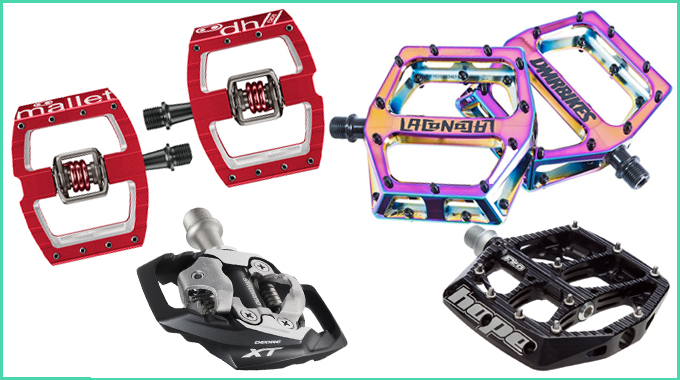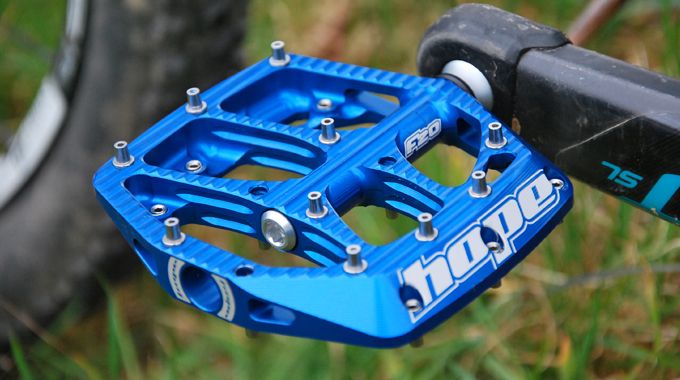Cycling is all about contact points, whether that’s between the bike and the road, or the rider and the bike. Get those right, and you’re on track for a more comfortable and enjoyable ride. Pedals are one of the three main contact points for a rider, the others being the saddle and the handlebars.
How to choose the right saddle for you
One of the biggest differences you can make to how your bike feels and handles is changing the pedals, and the shoes you use with them. Upgrading from the basic pedals the bike came with can make you feel more confident and secure on your bike, which should hopefully make riding it a whole lot more fun.

There is also a LOT of strongly held opinion in the flats vs clips debate for mountain biking, which you may already have encountered. We try to cut through some of that to bring you the facts.








